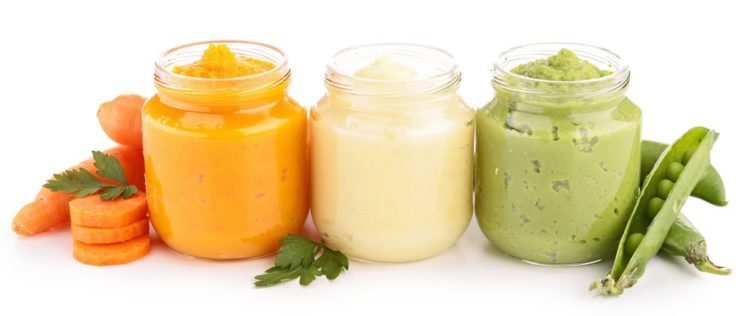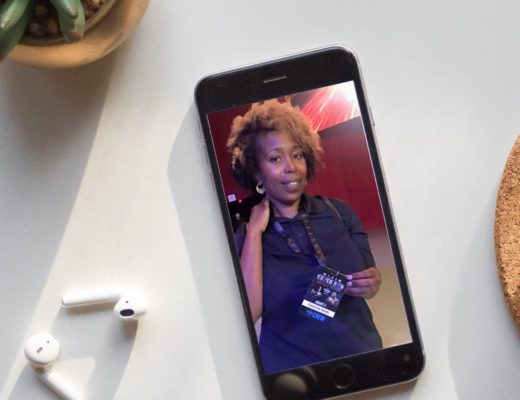This page may contain affiliate links. Read my full disclosure for more info.
Making homemade baby food is fun and fairly easy with a few simple tips.
Cook
When preparing meals for the rest of the family, steam a portion of the vegetables you’re already cooking – just leave out the salt. This alleviates the need to make completely separate food and may encourage you to eat more veggies and a wider variety of them.
Some vegetables to try include string beans, spinach, sweet potatoes, chard, carrots, peas, cauliflower, cabbage, or corn. Any vegetable your family likes is fair game. Babies naturally enjoy sweet tastes, so it’s a good idea to offer them lots of savory foods including mild herbs and spices in order to help them develop their palates.
Blend
Allow the steamed vegetables to cool and blend to a pureed consistency. There are several machines on the market specifically for processing food for babies, but because your food will be steamed and soft, a personal blender is more than sufficient.
Add a small amount of water or breast milk when blending if needed.
Freeze
Freeze the puree in individual portions. Fresh Baby So Easy baby food trays are great because they’re BPA and phthalate free and come with lids, but regular ice cube trays also work. Start with one tablespoon per cube and increase the amount over time to keep track of how much your baby is eating.
Eat!
Pop the frozen cubes out of the tray once frozen and transfer to a larger container. When your baby is ready to eat, thaw one or more cubes in the refrigerator, and warm for a few seconds in the microwave or on the stove top. Stir well and test the temperature before serving.
As your baby grows and gets more teeth, you can change the texture of the food you offer. When they have mastered purees, you can finely mince the veggies with a chef’s knife, and when they are ready for finger foods you can move to a small dice. Start with a very soft texture that is easily smashed with your finger or a baby spoon, and gradually move to foods that require a bit more chewing as your baby develops more teeth and comfort with solid foods.
Freezing in ice cube trays continues to work well until your baby’s appetite grows big enough that they are eating larger portions.
With a bit of forethought, you can save money and time by making your own baby food at home.
For more natural health, beauty, and lifestyle inspiration, join me on Instagram and Pinterest.






